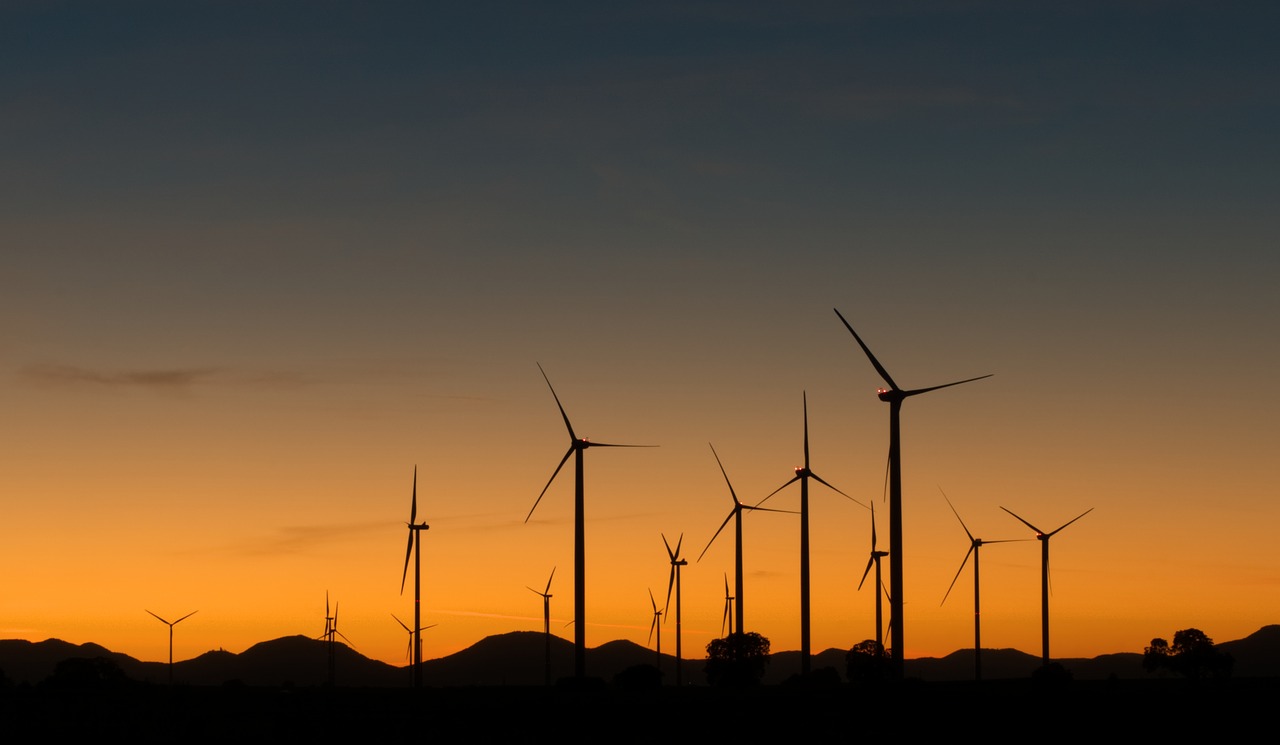Finland – Europe can cut its power sector gas consumption in half, reduce energy costs by EUR 323 / USD 356 billion, and increase energy independence by 2030 by rapidly scaling up renewable capacity, according to a report from Wärtsilä.
To address the energy crisis and enable rapid decarbonization, the technology firm is urging European leaders to implement a massive, but doable, level of cross-country coordination and investment to deliver up to 80GW of renewable capacity per year, backed by flexible balancing technologies.
The report’s ambitious approach would see renewable energy’s share of electricity generation rise from around 33% today to over 60% by 2030, and would have a direct impact on lowering electricity bills in the short and long term, potentially by 10%.
By 2030, this strategy could reduce annual gas consumption in the power sector by 52% across the continent. This could save the region 5,456 TWh of gas consumption, or the equivalent of 3.5 years of Russian gas supply to the EU, boosting energy independence significantly.
Solving energy crisis
The report, Europe’s Energy Future, shows how increasing renewable energy production can also help solve the current energy crisis. According to the modeling of 33 European countries, including 27 EU member states, as well as the United Kingdom, Norway, Switzerland, and the Balkans, if renewables are scaled up to 50% of the capacity mix by 2025, Europe will save EUR 98 / USD 108 billion in energy costs.
To achieve Wärtsilä’s ambitious scenario, European countries should add an average of 80GW of new renewable capacity per year until 2030. Wind and solar must be used in tandem with balancing technologies like energy storage and future-proof balancing engines that run on sustainable fuels to provide baseload power.
Wärtsilä came up with two scenarios for Europe’s energy transition over the next ten years. Based on the IEA’s Renewables 2021 statistics, the baseline scenario shows European countries adding 40GW of new renewables capacity every year until 2030. By 2030, renewable energy would account for 50% of total energy. In the most ambitious scenario, renewables would be added at twice the rate – 80GW per year – to reach 61 percent renewable power by 2030.
The ambitious model also cuts carbon emissions in half, from 911 MMT CO2 in 2021 to 479 MMT CO2 in 2030. This reduction in emissions is nearly equal to the UK’s entire annual carbon footprint.





